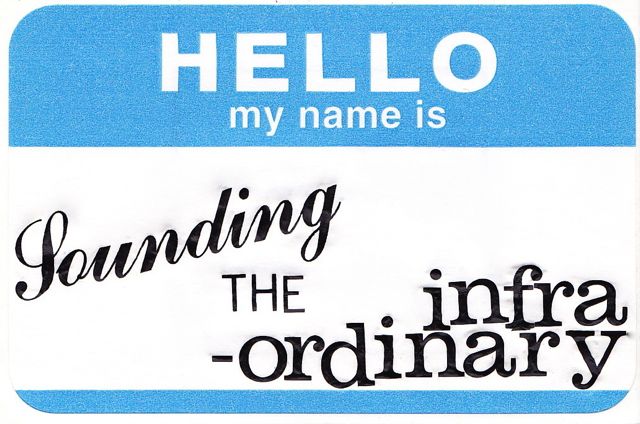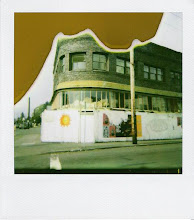Hello, my name is Sounding the Infra-ordinary.
I have created this space to post thoughts about, documentation of, and event information for my new project “Sounding the Infra-ordinary: A Phonography of Everyday Life.”
Below, you will find the plan of the project, which initially stems from a desire to hone my listening and writing abilities while exploring how different modes of documentation affect our perceptions of the world. Also below is an excerpt from Georges Perec’s Species of Spaces and Other Pieces that I adapted for some of the preliminary listening exercises I have undertaken this summer.
Thus far, I have conducted several solitary soundwalks and experimented with a few modes of documentation. As I continue to conduct this research, I plan to begin posting some of the results here. The goal of this first stage of the project ultimately is to document both the development of my listening skills as well as the development of modes of written documentation inspired by Perec, among others.
For the next stage of the project, I will be organizing collaborative documented soundwalks that explore the personal/communal experience of listening to and within the everyday. I will be posting information about such events here, and sharing audio, visual, and literary documentation.
Yes, there will be a lot going on in this exploratory undertaking. This space will become a world unto its own.
Welcome!

